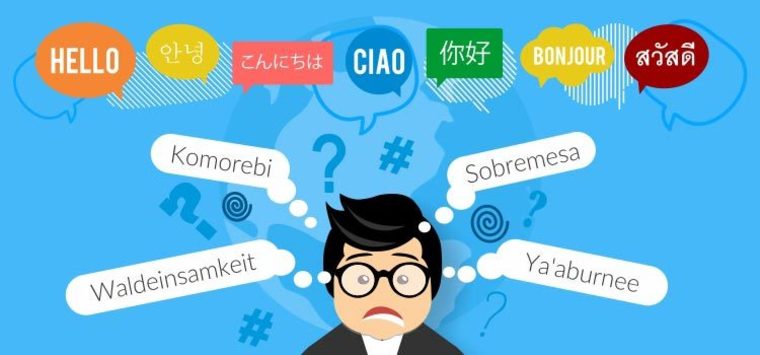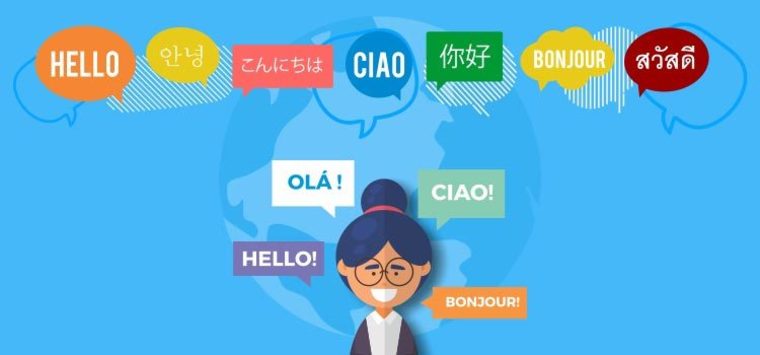
The translation is more than an exchange of a word for its equivalent in another language. Translators must understand idiomatic expressions, sarcasm, double meaning and more to translate with cultural sensitivity and precision. And while translation errors can be fun, they can also be downright offensive, causing severe damage to a company's image. Here are the considerations before beginning your translation project.
The translation is a vast field of activity. In addition to many language pairs that are translated, there are also many topics to which the source text refers that must be translated into a target language. However, the popular translations can broadly be classified into four categories: Medical translation, technical translation, Legal translation and Website translation.

Challenges Faced by Translators
Being a translator is much more than simply being bilingual, it is about being able to interpret and transcribe a message accurately, according to its purpose and target audience things should be taken into an account such as the language aspects as well as the social and cultural factors. To complete a translation successfully and accurately, a very specific set of skills is required to overcome language barriers. In fact, working as a professional in the translation industry is not as simple as it seems; Let's take a look at the translation challenges that translators and linguists face every day.

Strict Translation Deadlines
When it comes to the translation of documents, translators have to follow strict deadlines which results in creating extra pressure. Therefore, the translator always takes proper measures to avoid short translation deadlines. Especially legal translations must be translated within strict deadlines, so it is essential to choose experts who have the necessary experience to carry out the complex task of translating these documents quickly but accurately.

The Problem of "Untranslatable" Concepts
Saying something is "untranslatable" sounds pretty extreme, to be honest. If it were taken literally, that would mean that there would be absolutely no way to transmit a certain word or idea in any language besides the source. We know that this is false, of course, since the translators have tried it again and again since the beginning of the language.
So, what do we mean when we say that something is untranslatable? In general, it is only a way of saying that there may not be a direct translation for a certain word or phrase, a direct translation is one in which there is some similar counterpart in the target language. An example of a word in a language other than English that could be considered untranslatable is "schadenfreude", the German word/concept that translates to "harm/joy" in English. However, that does not make much sense to native English speakers, so a translator probably explains it as "getting pleasure from the suffering of others."

Regional Variations in Translations
Probably the most common differences in translation, in general, is that the language is direct and straightforward. In most cases, a client goes to a translator requesting something like, "I need to translate into Spanish." However, the translator's first question should always be: "What Spanish?" Languages vary widely between the regions where they are spoken and also between the speakers who speak them. Different groups of speakers in different areas can speak the same language, but the differences between their dialects can sometimes make a translation almost unintelligible to another group of speakers.
Dialects are also standard in English. One amongst the most common misconceptions is that English is somehow immune to the dialectal and regional variations that are inherent in other languages throughout the world. Not so Take a look at the following words and their different definitions between American and British English to see a quick example:
Grammar Terminologies & Fluency in Translation.

Structure of the language
All languages are within a defined structure with their own agreed rules. The complexity and uniqueness of this framework correlate directly with the difficulty of translation.
A simple sentence in English has a subject, verb and object, in that order. For example, "she eats pizza." But not all languages share this structure. Farsi typically follows a sequence of a subject, an object, then the verb. And in Arabic, the subject pronouns become part of the verb itself.
As a result, translators often have to add, delete and rearrange source words to communicate in the target language effectively.
Idioms and expressions
Idiomatic expressions explain something through unique examples or speech figures. And most significantly, the meaning of those particular phrases just cannot be predicted by the literal definitions of the terms it contains.
Numerous linguistic experts insist that idioms are the most challenging elements to translate. Idioms are routinely cited as a problem that elements to translate. Idioms are regularly cited as a problem that machine translation engines will never completely solve.
Ideally, publishers should try to limit the number of idioms contained in the content they hope to translate. But if you insist on keeping these phrases potentially confusing, cultural familiarity should be a priority in the recruitment of translators.
Compound words
Composite words are formed by combining two or more words, but the general meaning of the compound word may not reflect the essence of its component words. In general, it is better to think of them regarding three separate groups.
The first group of compound words means precisely what they say. "Airport", "crosswalk" and "seashore" are familiar examples. The second group of compound words means only half of what they say, at least in a literal sense. While a "bookworm" can enjoy burying itself in a good story, these avid readers suddenly do not become a kind of invertebrates in the process.
The third group of compound words has meanings that have nothing to do with the meanings of the individual words involved. For example, the "deadline" in English refers to the final acceptable time to receive or deliver something. It has nothing to do with death or a line. And a "butterfly" is neither a fly nor butter.

How to Get it Right?
If you are aware that there are challenges, you can surely learn how to avoid them and correct things. The primary objective of the translation is to convey a clear message to the intended audience in their language. To achieve this, professional translators rely on their knowledge and linguistic skills.
PEC is a leading provider of professional language translation services in India that manages a global chain of trained and skilled translators and editors who work in their native language to offer cost-effective language translation services in a short response time. Our translators of highly qualified projects guarantee the accuracy of our translations and exceed the expectations of our clients.
posted on 10 Sep, 2018. Posted In translation.
